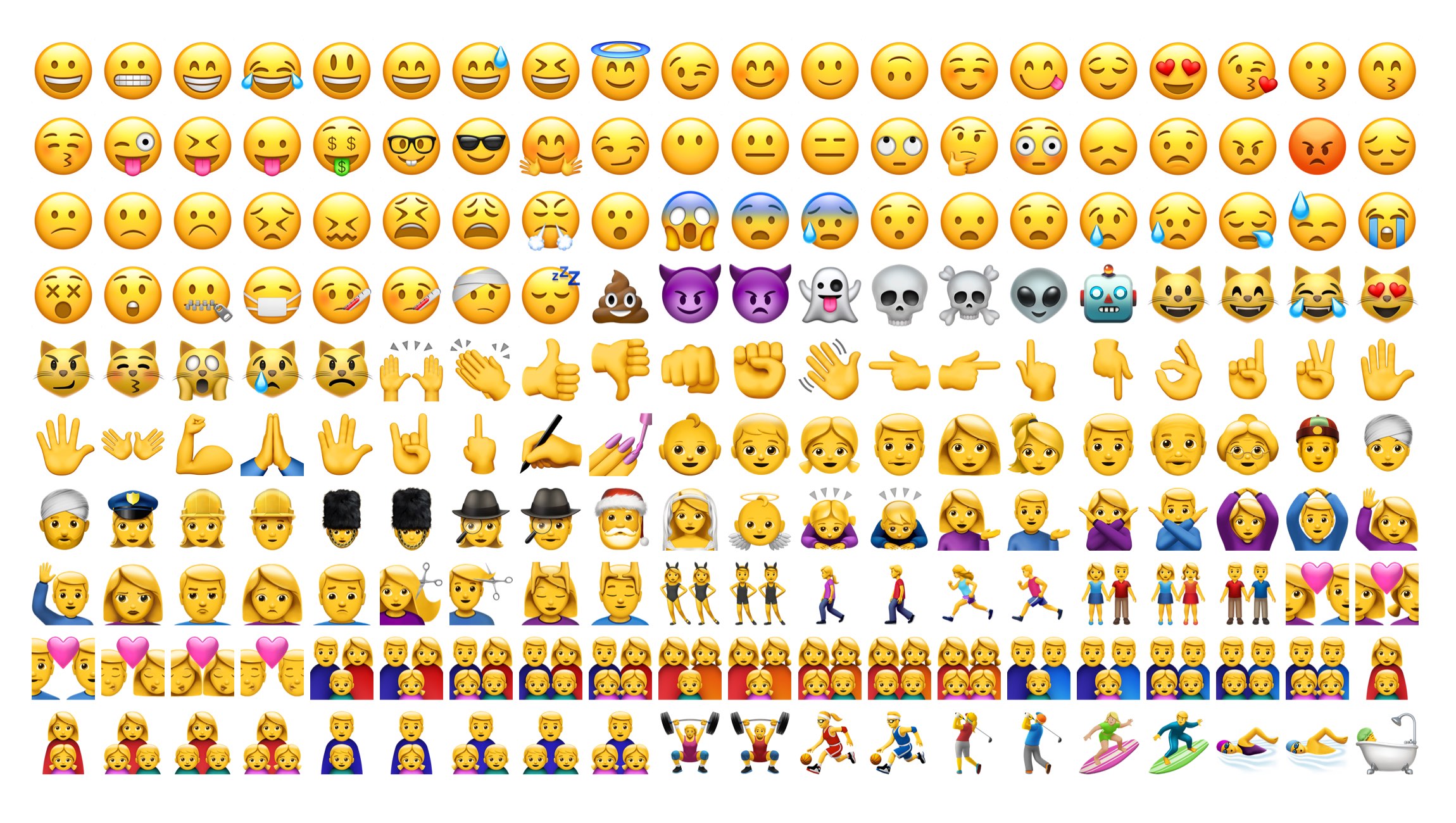To measure the impact a technology or idea has on society, the Diffusion Theory is used. I previously reflected on Google's search engine, but another communication technology I was interested in was the emoticon. I use emoticons when texting some friends because I find it to help me communicate my tone more effectively than only sending a text message. After all, it can lead to misunderstandings and unintentional fights.
The emoticon was first created by Scott Fahlman at Carnegie Mellon University in 1982. He aimed to resolve an issue with posts being misunderstood in the computer science community's bulletin board, leading to drawn-out flame wars.
His solution? Figure out a way to send a smiley face with the limitations of ASCII characters, because no videos or photos could be sent to the bulletin board. He suggested using :-) to signal a message as a joke and to use :-( to signal posts as serious. Fahlman said it might get a few laughs, but might not grow outside of CMU.
Since Fahlman's post on the bulletin board, the smiley and frowny faces spread among the computer science community within a week because they could communicate phrases like "I'm happy" or "I'm sad" more efficiently. Emoticons also spread to other universities on the ARPAnet within a couple of months, even to CMU alumni like James Morrison, who was working for Xerox!
The emoticon would spread to all the universities, labs, and companies on the ARPAnet. Since the ARPAnet was originally made to link universities and government computers in America, its growth was limited. However, when the military created MILnet in 1983 and the World Wide Web became accessible in 1992, the emoticon had the chance to spread to the American public alongside the internet and email.
The Japanese would be connected to the internet around 1984 thanks to the work of Murai Jun and get their hands on the :-) emoticon. However, they made some adjustments to it and chose to focus on the eyes over the mouth, leading to the first kaomoji being made in 1986. A Japanese artist by the name of Shigetaka Kurita would mutate these even further by creating the first emojis in 1999!
When looking through the Diffusion Theory, I believe my generation are the laggards because emoticons/emojis became what they are now while we grew up. Most of us may have used flip phones and family computers to communicate with one another if we were able to communicate at all!
Emojis would not be mainstream until 2010, which was when emojis became a part of Unicode and could be attached to keyboards. Apple would make a dedicated keyboard for emojis in 2011, with Android doing the same two years later. Emojis with flags and different foods would be added to Unicode thanks to the Great Emoji Politicization in 2014.
Emojis would innovate even further with Apple introducing the animoji in 2017. To me, this six-year-old feature confirms my generation's place as the laggards alongside the rise of emojis when I was around seven or eight years old.
When conducting a cost-benefit analysis with communication technologies, I say we focus on the simplicity, efficiency, and accessibility of new communication technologies more than the negatives they introduce, unless the negatives greatly outweigh the positives.
Emojis benefit a casual environment more than a professional one. Some people may prefer texting their friends instead of calling them and they benefit from emojis and emoticons.
People who know a different language also benefit from emoticons because they are not dependent on learning a new language to understand others. Sending an emoji is also a lot easier than typing out an emoticon or a kaomoji.
Although the emoticon has seen a surprising amount of mutations, there are still some downsides to using them.
Sending emoticons may not be appropriate in a professional or corporate environment because technologies like emails may be exclusively used to communicate information. Emoticons can also be used to express emotions and tone to long-distance friends, but should not be used as a substitute for face-to-face interaction.
Emoticons and emojis are heavily dependent on the environment someone is in and the distance between them and a friend.
If two individuals are having a casual conversation and are hundreds if not thousands of miles away from each other, then the positives of emoticons outweigh the negatives, especially if one individual prefers texting over calling.

.png)






No comments:
Post a Comment